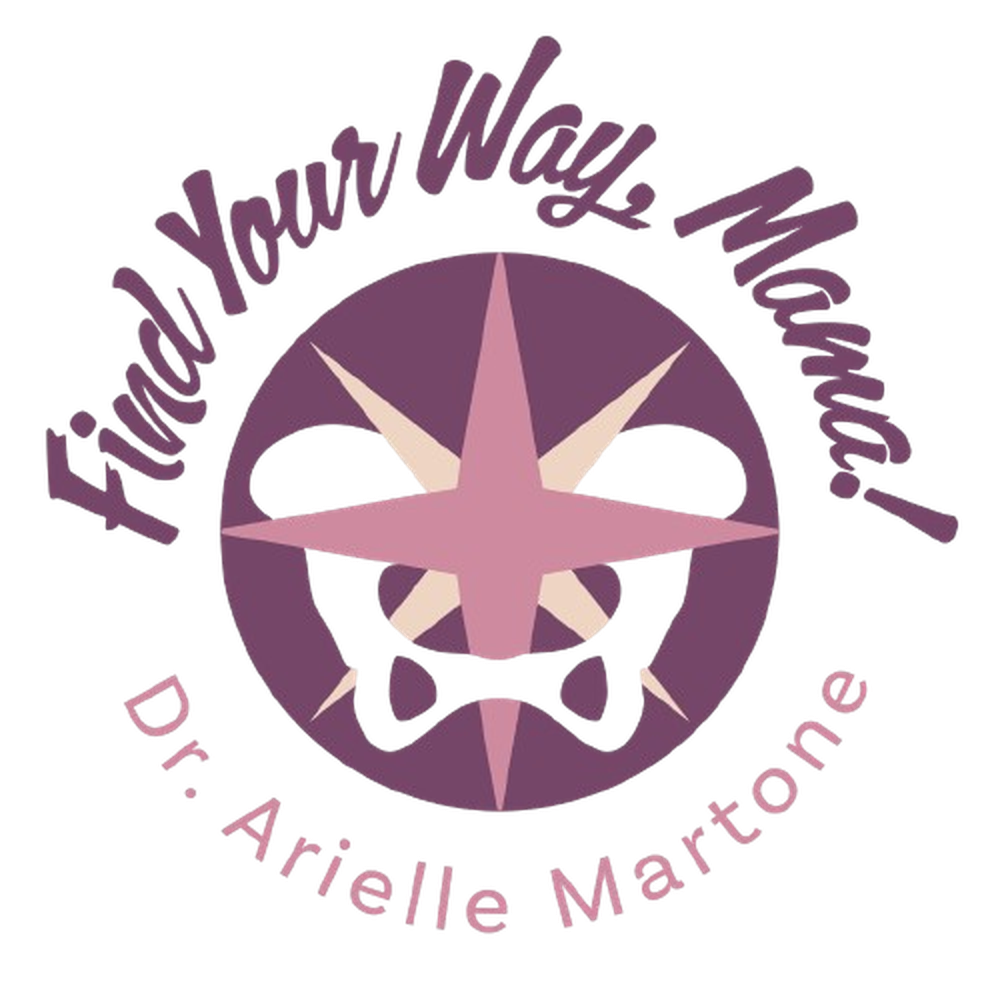You're Told It's Six Weeks - But Your Body Knows Better
You've probably heard it a hundred times: "Postpartum is six weeks." You rest, wait for your six-week appointment, get cleared, and are expected to bounce back to normal - back to workouts, sex, and feeling like yourself again.
But when that six-week mark arrives and you still feel sore, weak, or just off, it's easy to think something's wrong.
The truth? Nothing is wrong.
The six-week rule is outdated and incomplete, and it's leaving too many new moms feeling like they've failed.
In reality, postpartum recovery unfolds in phases, not a single finish line. Understanding these phases helps you reset expectations, move with confidence, and reconnect with your body's natural healing rhythm.
The Real Postpartum Timeline
Even in medical literature, postpartum is recognized as a much longer process than six weeks. The American College of Obstetricians and Gynecologists (ACOG) acknowledges multiple stages:
Acute Phase
The first 6–12 hours after birth
Subacute Phase
Up to six weeks
Delayed Phase
Up to six months - and often beyond
That last part is key. Healing doesn't suddenly end at six weeks. Your body continues to shift hormonally, structurally, and emotionally long after your first follow-up appointment.
Why the Six-Week Rule Falls Short
The six-week guideline was originally based on wound closure - not total recovery. It reflects when your uterus and tissue are considered medically stable, not when your core, pelvic floor, or energy are fully restored.
At six weeks your risk of serious complications including infection is a lot lower. This is important but it is not the whole story.
During this time, several things are happening:
- Your uterus is shrinking back to pre-pregnancy size.
- Organs that shifted during pregnancy are resettling.
- Hormones like estrogen and progesterone drop rapidly, while oxytocin rises.
- Pelvic floor and abdominal muscles begin healing and rebalancing.
By the time you reach that six-week mark, much of the internal healing is just beginning.
Jumping back into pre-pregnancy routines too soon - whether it's exercise, sex, or long days on your feet - can actually delay progress or cause new discomfort.
And what's just as important to mention is that we can help facilitate our bodies natural healing during those first 6 weeks. Rest is important but that doesn't mean just wait around.
What to Focus On Instead: The Four Phases of Recovery
You don't have to rush your comeback. True strength after birth unfolds in phases - each one designed to help your body heal, rebuild, and reconnect at the right time.
Early Weeks: Healing is Your Only Job
In the early weeks, healing is your only job. Rest, breathe deeply, and let gentle movement support circulation and calm your nervous system.
Weeks 6-12: Gentle Rebuilding
As recovery continues, strength returns slowly. Gentle core activation, light resistance, and mindful rest help your pelvis realign and your energy rebuild.
3-6 Months: Progressive Loading
By the three-month mark, your body can start handling more load, but only if your pelvic floor feels stable. This is the time we can think about a higher level of activity. Think of gradual progress, while being mindful of nutrition and rest. Protect your sleep and recovery time like they're part of your workout plan - because they are.
6-12 Months: Full Integration
As you approach a full year postpartum, it's about integration - bringing strength, mobility, and energy back into sync and fully resuming the activities that make you feel like YOU, so you feel grounded, capable, and confident again.
Why This Approach Works
When you align your expectations with your biology, everything changes. You stop judging your progress and start supporting it.
Each phase builds on the last, allowing your tissues, hormones, and emotions to recover in sync - without burnout or setbacks.
You begin to feel steady again, not just physically but emotionally. Confidence replaces frustration, and patience replaces pressure.
Common Questions from Mamas
1Is it safe to start exercising before six weeks?
If you had a healthy pregnancy and an uncomplicated vaginal delivery, ACOG supports gentle movement as soon as you feel ready - even within days. That means slow walking and breathing exercises, not crunches or high-impact moves. Always check in with your provider or pelvic floor therapist first.
2How long does pelvic floor healing really take?
While tissue may close by six weeks, strength and coordination can take 6–9 months to fully return. This timeline is normal - not a setback.
3What if I still feel pain or heaviness months after birth?
That's your body asking for support, not failure. Pause any activity that increases symptoms and connect with a pelvic floor specialist for tailored guidance.
4When can I start running or lifting again?
Typically, around 4–6 months postpartum - but only after you've rebuilt core stability and pelvic floor endurance. It's less about the calendar and more about readiness signs: no pain, no pressure, no leakage. We also need to consider here how important these activities are for your mental health. This is where finding the right balance for you while you work with a pelvic floor therapist can be extremely helpful.
5How do hormones affect my recovery pace?
Breastfeeding can keep certain ligaments looser longer due to relaxin. That's normal - it just means continuing gradual progression and focusing on alignment, strength and stability.
Your Recovery, Your Timeline
Postpartum recovery is not a race. It's a journey back to yourself - one that deserves patience, support, and evidence-based guidance at every phase.

